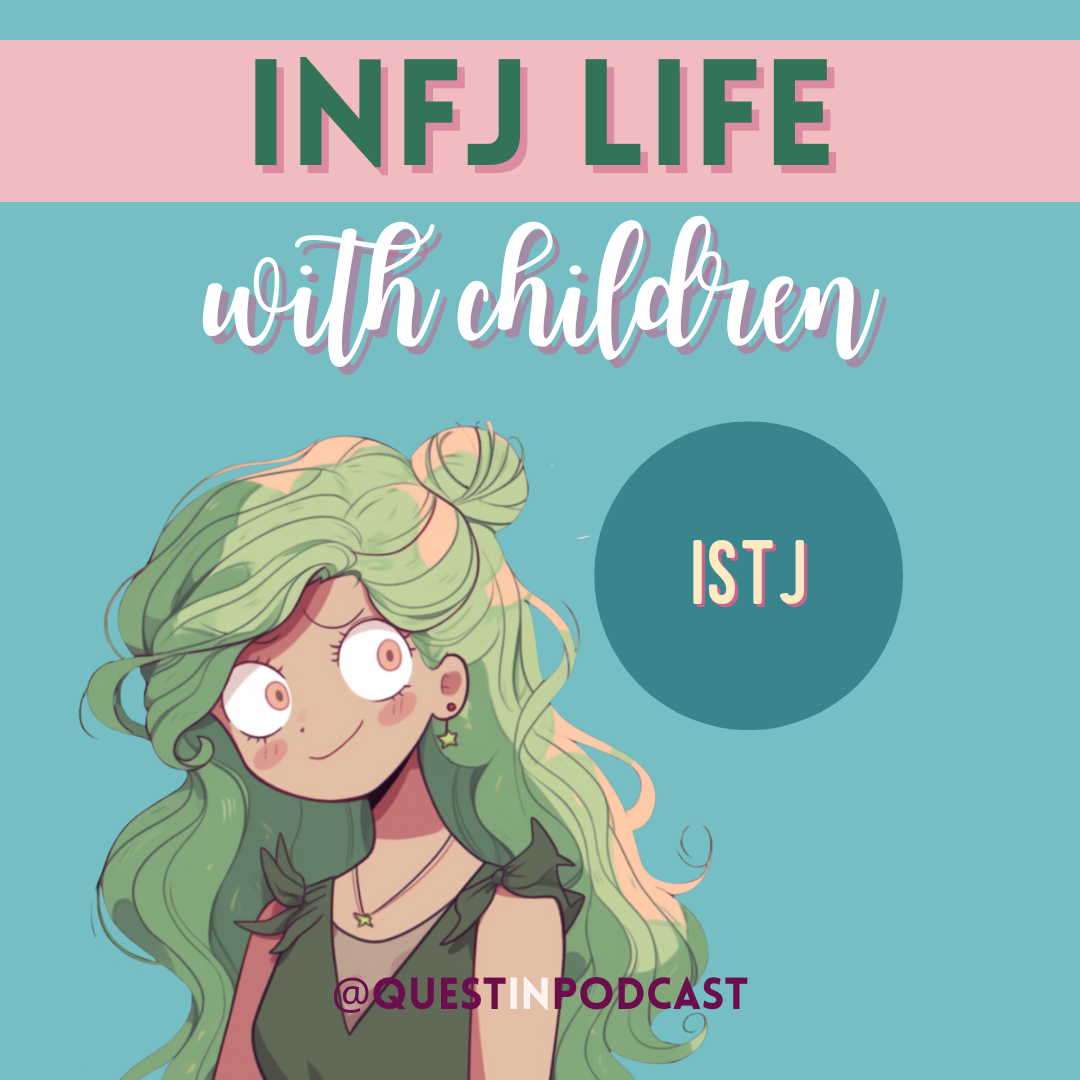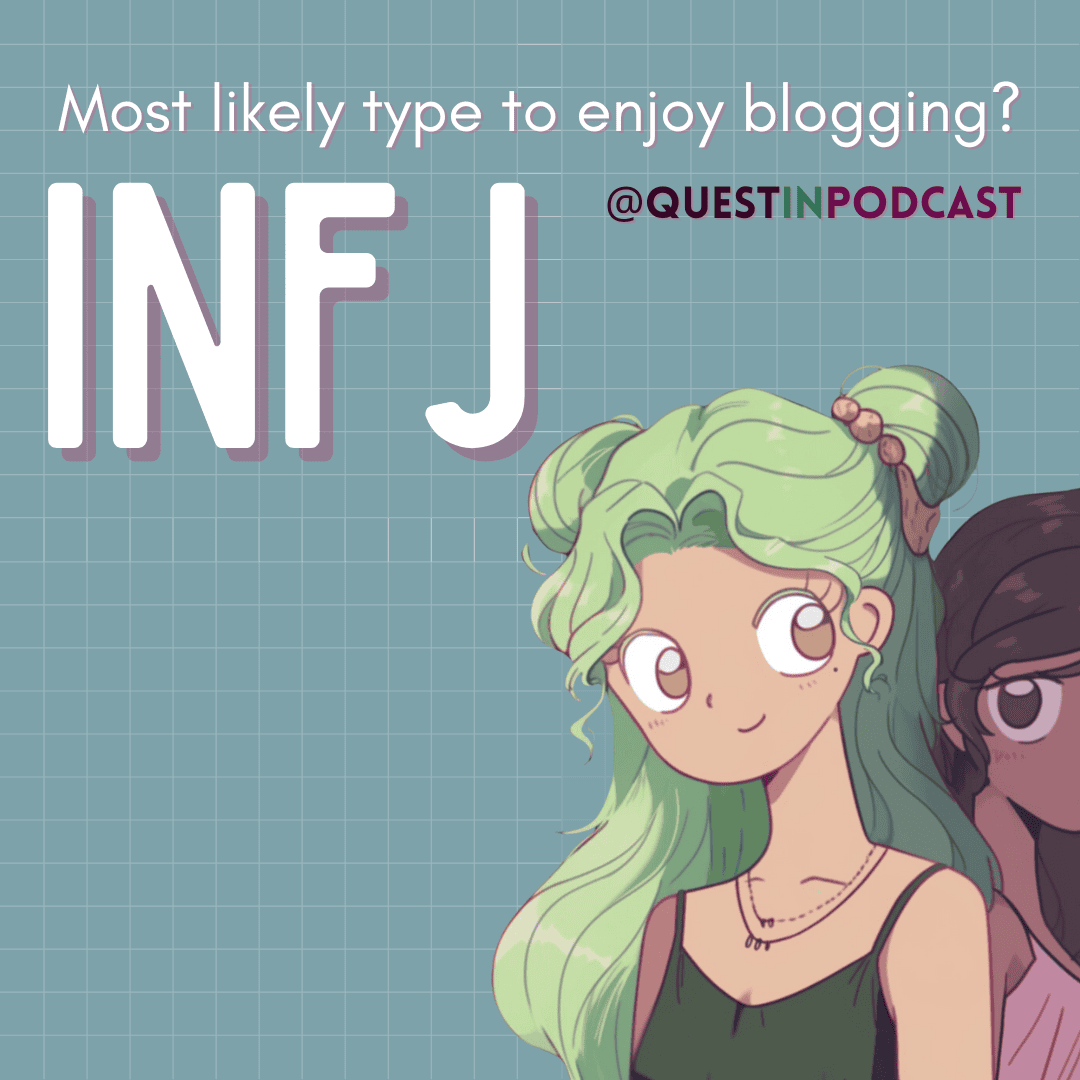
ISTP Cognitive Functions Stack
What are the ISTP Cognitive Functions?
In this article, you will learn how to easily understand the ISTP cognitive functions. Cognitive functions are the foundation of the MBTI personality types as Myers-Briggs simply is a type code based on Carl Jung’s theories on the 8 different cognitive functions that people use.
At the end of the article, you can learn a quick summary of what even is a cognitive function, a summary of the eight cognitive functions, and how the 16 types are categorized.
In a nutshell, a cognitive function is a mental process. You could think of them as muscle groups of the brain. Each cognitive function has certain strengths that develop over time as a result of repetitive use, similar to how a muscle gets stronger over time through exercising it frequently to build up its strength.
Each of the 16 personality types in MBTI has a “function stack” that orders the 8 cognitive functions in a specific order and reveals what strengths and weaknesses that type typically has.
Quick announcement: I am currently working to create an easy, quick personality test that I will make available on my website this summer! I am excited to spread the wisdom of the psychological type framework that Carl Jung developed to as many people as possible.
Anyways, let’s get started with the ISTP personality type! (This is one of my favorites as my boyfriend is an INTP.)
The ISTP Personality Type
The ISTP personality type is one of the more rare personality types of the 16 types, estimated at around ~5.4% of the population. Sometimes they are nicknamed the “Virtuoso”, “Crafter”, or the “Detective.” Here I refer to them as the “Craftsman” personality type.
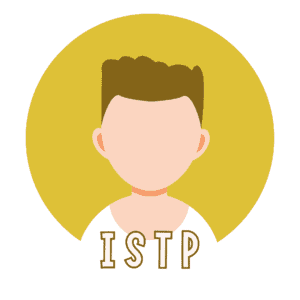
ISTPs are very handy, smart, and kind individuals who strive to constantly master their experience in the world. Generally speaking, the ISTP personality type is efficient at developing logical conclusions through an objectively analytical process. They can spend hours learning something and thoroughly understanding their hobbies or interests from all angles. ISTPs tend to find developing their mastery a delightful challenge.
One of the most famous INTPs is none other than the amazing Bruce Lee.
Alright, let’s explore each cognitive function ISTP personalities use and break down how this type typically functions as a result of which brain muscle groups ISTPs tend to develop. You could think of these as an ISTP cognitive map.
What are the ISTP’s cognitive functions?
Quick Summary of the conscious four functions in the ISTP cognitive function stack:
- Dominant Introverted Thinking (Ti)
- Auxiliary Extroverted Sensing (Se)
- Tertiary Introverted Intuition (Ni)
- Inferior Extraverted Feeling (Fe)
The first four functions are conscious, although the mental processes may sometimes still be unconscious, they have the full potential to become conscious in practice throughout one’s life.
1st Dominant Function: Introverted Thinking (Ti)
The dominant cognitive function is a type’s lead function in its function stack. Also known as the “Hero” archetype, it is a cognitive function that the type uses automatically, easily, and comfortably. The dominant function strives for competence and mastery while welcoming challenges in a reliable way to serve as the “Hero.”

Introverted thinking (Ti) is an ISTP’s dominant cognitive function. This is a judging function that is very conscious. ISTPs use this logical function to focus on reasoning and to understand WHY something is the way it is. Introverted thinking is mentally similar to math, in that it operates on logic and rules. The two types that lead with introverted thinking are the ISTP Craftsman and the INTP Researcher.
ISTPs are an estimated 5.4% of the general population (and INTPs are an estimated 3.3% of the general population). Ti-users are very rational people who like things to maintain harmony and order. These personality types may sometimes be described as often “in their head” as they can easily ignore bodily sensations in order to focus on thinking.

As logical thinkers, Ti-users excel at deductive reasoning, considering risks versus benefits, and defining categories. Sometimes, ti-users will like to debate on a topic regardless of the utility of such a discussion. They are honest truth seekers who desire nothing more than correctness and proper confirmation to sustain their internal framework of reasoning.
In this book, Ti-users are noted to be able to enter into a disassociated brain state and detach from their emotions in order to think clearly and objectively. Also, it interestingly claims that of all personality types, introverted thinking types are the most likely to lose interest when listening to others and must commit a fair amount of energy in order to stay attentive.
Lastly, ISTPs typically may feel uncomfortable with intense feelings, but they will sincerely try their best to offer emotional support to their loved ones if they feel such is needed.
2nd Auxiliary Function: Extraverted Sensing (Se)
The auxiliary cognitive function is a type’s secondary function. Also known as the “Parent” archetype, it is a cognitive function that the type performs to protect and support others. This parent function serves to develop other people and acts as a role model.

Extraverted sensing is an ISTP’s auxiliary cognitive function. Extraverted sensing is a physically exploratory function that is constantly trying to flow with their environment. ISTPs use auxiliary Se to boldly take action and bring their desires to fruition. They are individuals who take risks, trust their instincts, and respond in real-time to new information. Like the ISFP Designer personality type, ISTPs tend to be surprisingly daring and confident in their decisions.
Because of extraverted sensing, ISTPs have a good eye for design and fashion. Se-users notice all of the little details in their environment and as a result, they can produce very trendy and aesthetically-pleasing art of all kinds. They are of the artisan temperament.
3rd Tertiary Function: Introverted Intuition (Ni)
The tertiary cognitive function is a type’s third function in its functions. Also known as the “Eternal Child” archetype, it is a cognitive function that the type admires in others and needs in order to balance the influence of the parent functions of others. The tertiary function is sometimes creatively original but can be a little unstable and unreliable.

An ISTP’s third function is introverted intuition. (Ni). This cognitive function is characterized by a strong sense of inevitable future outcomes, principles of truth, and an inner guiding spirit. This tertiary cognitive function brings an innate spirituality and higher wisdom to ISTPs (and ISFPs).

Lastly, ISTPs might be better at using extroverted sensing (Se) with that function higher in their stack, but ISTPs tend to be more willing to tap into their tertiary introverted sensing as an introvert.
4th Inferior Function: Extraverted Feeling (Fe)
The fourth function is the inferior cognitive function. Also known as archetypes of the “Anima” (in women) and “Animus” (in men), and it is sometimes referred to as the “aspiration” of a type. This one in a person’s function stack indicates what mission or higher cause a type is working towards and can serve as an important tool to transform one’s self. Notably, this function tends to be weak and underdeveloped in the first half of life. However, it is a gateway to help one’s personality blossom later in life.
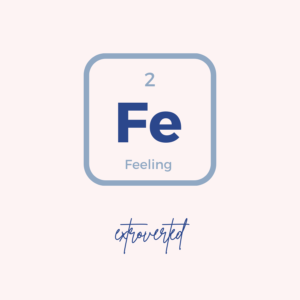
The inferior function extraverted feeling (Fe) leads to ISTPs admiring extraverted feeling in others as they aspire to develop such social charisma in themselves. The inferior function has a seductive draw to it because it is an important key to personal growth for a personality type.
Extraverted feeling is characterized by a welcoming warmth in connections. This extraverted function prioritizes group satisfaction over their own feelings. This makes for attentive individuals who will respond accordingly to social feedback. They try to develop the self-awareness necessary to adapt themselves in favorable ways.
The ISTP personality type uses logic to gain insight to determine how to properly present themselves to others in the external world. ISTPs are honest, honorable, and humble because respect makes sense to how they wish to operate as people. They have learned from a young age that kindness is a choice. Inferior Fe makes ISTPs (and INTPs) very genuine individuals.
ISTP Personality Shadow Functions
After the primary functions, there are the lower four cognitive functions that are considered shadow functions because these are mostly unconscious with a repressed aspect to them. These other functions are the same function as the first four functions, with the opposite attitude such that introverted thinking (Ti) becomes extroverted intuition (Te) for example.
Quick Summary of the unconscious four functions of the ISTP cognitive function stack:
- 5th Extroverted Thinking (Te) – Opposite Personality
- 6th Introverted Sensing (Si) – Critical Parent
- 7th Extraverted Intuition (Ne) – Blindspot
- 8th Introverted Feeling (Fi) – Demon
5th Nemesis Function: Extraverted Thinking (Te)

Extraverted thinking excels at execution, effectiveness, and efficiency. It promotes productivity and focuses on results, basing quality off of successful outcomes. Introverted thinking focuses on the WHY or the WHAT, while extraverted thinking depends upon the HOW.
This opposing role function may make ISTPs second guess their approach to getting things done. Their intense desire to do things right or correctly may sometimes hinder progress. A quote that can help in these circumstances of analysis-paralysis is “Done is better than perfect!”
This first ISTP shadow function is one that feels opposite to their own ego personality. However, with maturity, ISTPs will develop better decision-making in systematic planning and implementation. They will need to learn how to and then practice letting go of their perfectionistic attitude for the sake of moving forward in progress.
6th Critical Parent Function: Introverted Sensing (Si)
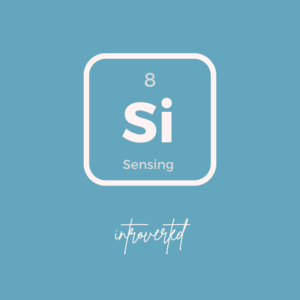
The second ISTP shadow function is introverted sensing as the critical parent. This personality type may suffer occasionally from an overcritical inner voice that second-guesses they take care of themselves and their duties.
Another way this shadow introverted function may manifest is a preference for focusing on external stimuli rather than checking in on internal bodily cues. Se-user prefer to experience novelty and progressive movement, but sometimes they instead need more stability in life.
7th Trickster Blindspot Function: Extroverted Intuition (Ne)
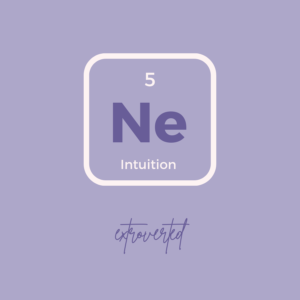
Extroverted intuition as a blindspot results in low processing of excessive intuitive information. Sometimes ISTPs (and ISFPs) might be a little overwhelmed by too much new abstract information. With this shadow function, ISTPs will be picky with what they mentally want to invest in learning or exploring. As sensors, they prefer factual information and details that relate to the 5 senses.
Arguably this is the weakest and least developed function of the 8 functions in an ISTP’s cognitive functions because it is the opposite attitude (extroverted) for introverted personalities.
8th Demon Function: Introverted Feeling (Fi)
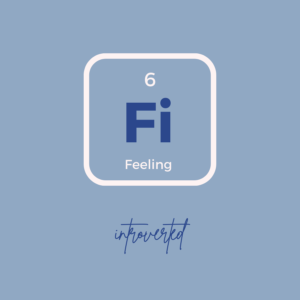
Introverted feeling is built upon strong personal values used to guide judgments. Fi-users usually operate on a like/dislike scale for decision-making. Contrastingly to Fi-users, the inner world of an ISTP is usually centered around exploring their own thoughts rather than their own feelings.
ISTPs will have firm personal values, but they enjoy that their decision-making is guided by introverted thinking logic. They prefer consistent rationale and reasonings that must be true in all scenarios.
The Demon function for a personality type is a source of conflict that tends to undermine the importance of its place in functioning. Types that lead or have dominant use of the function can be a trigger for the type if extensive time is spent with those types.
Conclusion ISTP Cognitive Functions (ISTP Cognitive Function Stack)
I hope you enjoyed this article on ISTP cognitive functions and learned about how each cognitive function ISTP personalities use.
This Craftsman personality type is definitely one most street-smart types of people that you will meet. ISTPs tend to be extremely nice individuals, although some could definitely go dark and use their powerful minds for more sinister agendas. I’ll soon write an article about the toxic potential of each of the ISTP cognitive functions.
What even is a cognitive function? (Theory developed by Carl Gustav Jung)
Carl Jung was a Swiss psychiatrist and psychoanalyst. Through his clinical work, he recognized and identified different “cognitive functions” that people use. You could think of cognitive functions as mental processes that flavor a personality type with distinguishable strengths and weaknesses.
The Eight Cognitive Functions (Quick Summary)
8 Functions Total = 2 types x 2 functions x 2 (introverted or extroverted)
Two Types of Functions: Judging & Perceiving (2)
- Judging Functions: how you make decisions
- Perceiving Functions: how you intake information
There are two functions for each type of function. (2 x 2 = 4)
Judging Functions
- Feeling (F)
- Thinking (T)
Perceiving Functions
- Sensing (S)
- Intuition (N)
Two Types of Attitudes for a Function: Introverted or Extroverted (2 x 2 x 2 = 8)
- Judging: Feeling + Introversion = function Introverted Feeling (Fi)
- Judging: Feeling + Extroversion = function Extroverted Feeling (Fe)
- Judging: Thinking + Introversion = function Introverted Thinking (Ti)
- Judging: Thinking + Extroversion = function Extroverted Thinking (Te)
- Perceiving: Sensing + Introversion = function Introverted Sensing (Si)
- Perceiving: Sensing + Extroversion = function Extroverted Sensing (Se)
- Perceiving: Intuition + Introversion = function Introverted Intuition (Ni)
- Perceiving: Intuition + Extroversion = function Extroverted Intuition (Ne)
Each Personality Type in the MBTI Personality Framework
Each type has a different unique order of cognitive functions in its function stack. The first four are conscious primary and inferior functions. This article was 1 of the 16, outlining the INFJ cognitive functions.
The eight cognitive functions are all paired on axes, so once you know the top two cognitive functions of a type then you know the order of all 8. An axis is made up of two functions that are connected because if you introvert one, then you must extrovert the other and vice versa. The four axes are:
- Ni-Se Axis (introverted intuition & extraverted sensing) – both perceiving
- Ne-Si Axis (extraverted intuition & introverted sensing) – both perceiving
- Fe-Ti Axis (extraverted feeling & introverted thinking) – both judging
- Fi-Te Axis (introverted feeling & extroverted thinking) – both judging
The first four functions are conscious, while the lower four are unconscious shadow functions. Shadow functions are usually undeveloped, used unconsciously, and have a repressed aspect to them.






